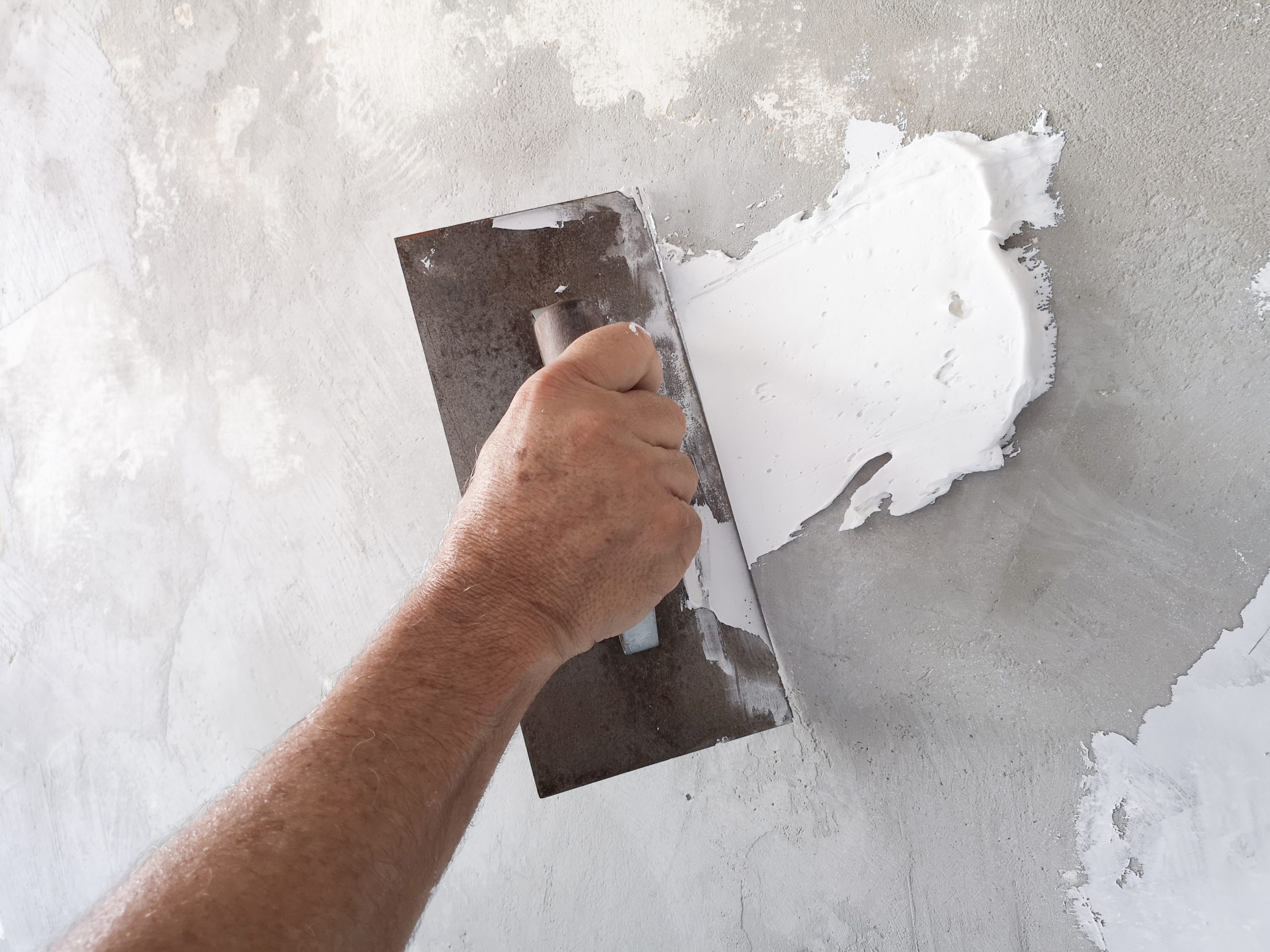Plastering Made Simple: Step-by-Step Overview for Beginners
Plastering Made Simple: Step-by-Step Overview for Beginners
Blog Article
A Comprehensive Guide to Mastering Plastering Abilities for Your Restoration Demands

Essential Tools and Products
Numerous vital tools offer distinct objectives, guaranteeing effectiveness and precision throughout the smudging process. A high-quality trowel, for circumstances, is indispensable for smoothing and applying plaster, while a hawk gives a steady system for holding the material.
Along with devices, choosing the appropriate plastering materials is essential. Gypsum-based plasters are frequently chosen for their convenience and convenience of use, while cement-based choices are perfect for exterior applications due to their durability. Water and bonding representatives play substantial roles in attaining appropriate uniformity and adhesion, guaranteeing that the plaster sticks effectively to the surface.
Furthermore, safety equipment such as gloves, masks, and goggles is important to protect versus dirt and irritation throughout the application procedure. By putting together the best mix of devices and products, plasterers can boost their capability and create high-grade coatings, eventually raising the general workmanship of their job.
Preparing Surface Areas for Gluing
Attaining a sturdy and smooth plaster coating starts with precise prep work of the surfaces to be smudged. This foundational step is essential to guaranteeing bond and the durability of the plaster. Begin by evaluating the problem of the substratum-- whether it is drywall, stonework, or concrete-- removing any loose paint, dust, or debris that may hinder bonding.
Following, repair any flaws such as cracks or holes. Make use of an appropriate filler to attain a degree surface area; this can be vital for protecting against future concerns. When repaired, make certain the surface area is dry and clean, as dampness can jeopardize plaster adherence.
For porous surface areas, it is recommended to apply a bonding agent. This item boosts bond and creates a trustworthy user interface between the plaster and substrate. If functioning with previously plastered surface areas, it may be necessary to mess up or sand the area lightly to provide a trick for the new plaster layer.
Smudging Methods and Tips
Mastering gluing techniques requires both ability and practice to attain a flawless coating. One necessary technique is the application of the plaster in numerous slim layers, instead of a solitary thick coat. This approach permits much better adhesion and lowers the danger of cracking. Start with a base layer, ensuring it is equally spread out and leveled with a hawk and trowel. Use a straightedge to look for any blemishes before moving on to succeeding layers.
When applying the coating layer, employ a shoveling strategy that his response entails holding the trowel at a mild angle and functioning in a round activity. This assists to produce a smooth surface area and reduces the appearance of trowel marks. Furthermore, maintain a spray container of water handy to mist the surface area gently; this maintains the plaster workable and permits smoother finishing.
Timing is vital; job effectively, as the plaster starts to establish. As soon as the plaster has actually tightened yet is still damp, use a damp sponge to carefully smooth the surface additionally. Last but not least, permit sufficient drying out time prior to fining sand or paint, guaranteeing your difficult job leads to a professional, high-grade finish.
Common Mistakes to Avoid

An additional usual mistake is using plaster too heavily. Excitable applications can bring about splitting and long term drying times. It's crucial to use plaster in thin, even layers, allowing each layer to completely dry properly before including extra.
Furthermore, not making use of the right tools can hinder the top quality of the coating. Using inappropriate trowels or mixers can create disparities in the gluing process. Always decide for top notch tools created for gluing tasks.
Last but not least, lots of people Read Full Article undervalue the importance of timing. Functioning in improper temperature levels or humidity degrees can adversely influence plaster drying and curing. It is a good idea to examine climate condition and adjust your Read Full Article schedule accordingly.
Ending Up Touches for an Expert Appearance
The lasts of a gluing job are essential for achieving a refined, expert look. As soon as the plaster has actually dried completely, the next action is to examine the surface for imperfections. Minor bumps, openings, or uneven locations should be addressed making use of fine sandpaper or a sanding block. This careful attention to information is necessary for making certain a smooth finish.
After fining sand, it's advisable to cleanse the surface area to remove any kind of dust and particles. A damp cloth is reliable for this purpose, complied with by an extensive drying period. If essential, applying a thin layer of finishing plaster can boost the surface area even more, supplying a seamless coating.
When the ending up plaster is completely dry, one more round of fining sand may be called for to achieve the wanted smoothness. Lastly, think about using a guide prior to painting or wallpapering, which will certainly improve bond and longevity.
Final Thought
Mastering smudging abilities substantially improves the quality of renovation tasks. A thorough understanding of important devices, surface area preparation, and reliable methods is important for achieving specialist results.
Water and bonding agents play substantial functions in attaining appropriate uniformity and bond, making certain that the plaster sticks effectively to the surface area. Plastering.


In addition, keep a spray container of water helpful to mist the surface area lightly; this maintains the plaster workable and permits for smoother ending up. (Plastering)
If required, using a thin layer of ending up plaster can enhance the surface area even more, giving a seamless coating.
Report this page